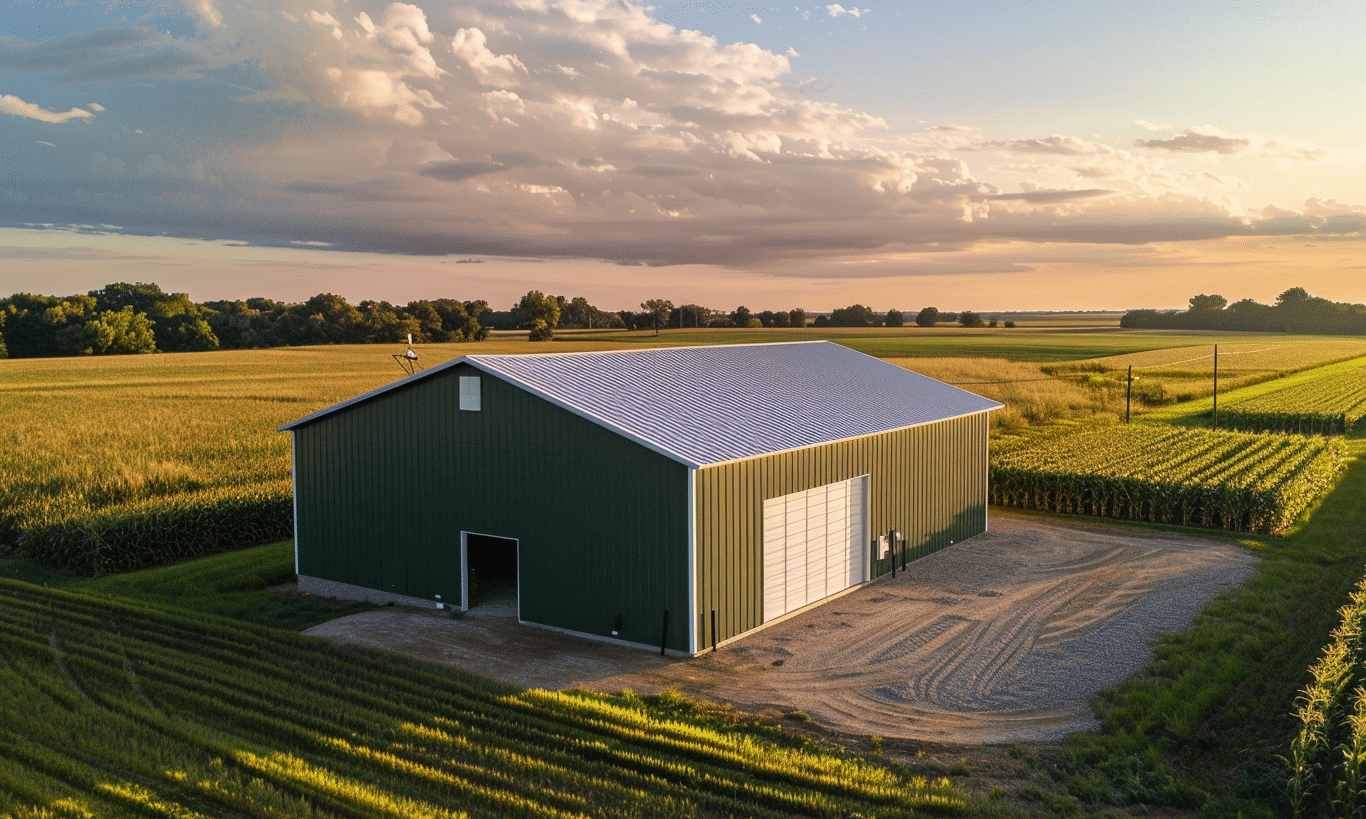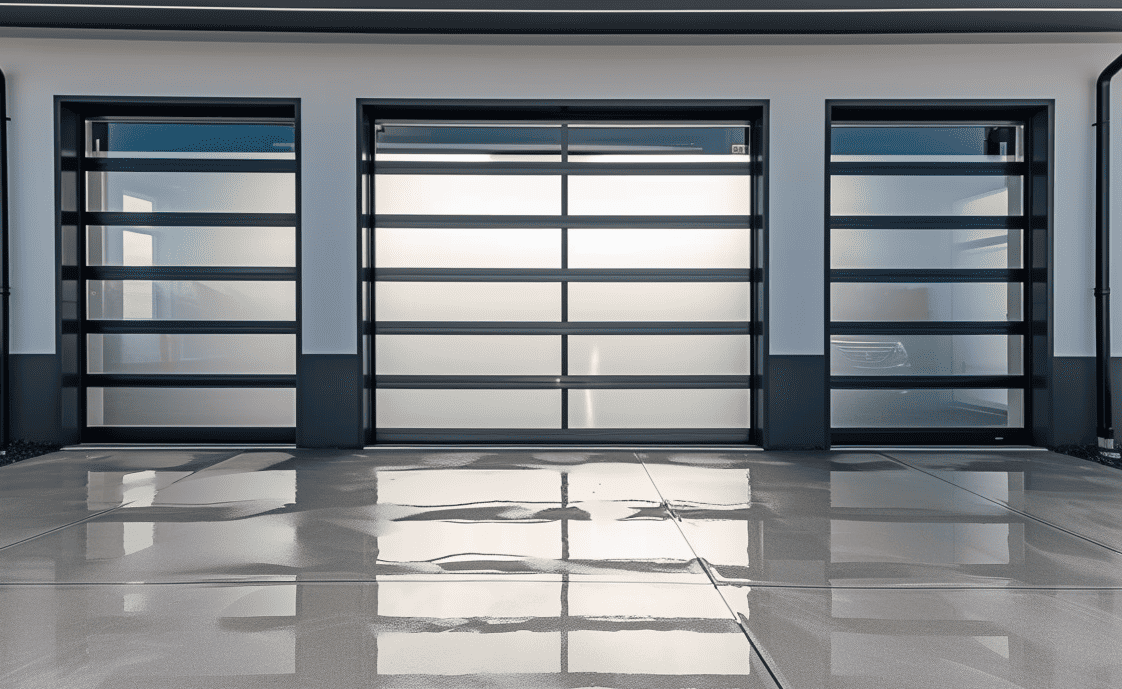***Embracing Eco-Friendliness with Cellulose Insulation***
When contemplating energy efficiency, the conversation often gravitates towards high-tech solutions. But what if I told you there’s a humble hero that’s been quietly insulating homes and buildings against the elements for a long time? Enter cellulose insulation, a green insulation option that champions sustainability while simultaneously slashing energy bills.
Living sustainably doesn’t mean compromising on comfort or functionality. In fact, cellulose insulation represents a turning point for homeowners aiming for both environmental responsibility and energy efficiency. If you’re in Canada, you might already be aware of the positive endorsement by the Canada Green Building Council – Cellulose Insulation, showcasing its relevance and growing popularity.
What is Cellulose Insulation?
To start with, cellulose insulation is an eco-friendly insulation material made primarily from recycled paper products, including newspapers. Imagine wrapping your building in a cozy, protective layer matured from yesterday’s headlines and junk mail, turning what was once waste into a thermal stalwart.
This type of insulation is treated with non-toxic fire-retardant additives to enhance safety, making it not just an environmentally conscious choice, but a practical one as well. But how does it hold up against other green insulation materials?
Eco-Friendliness Through and Through
The allure of cellulose insulation lies primarily in its remarkable sustainability credentials. Derived mainly from recycled content — around 80-85% — it boasts one of the highest recycled content levels of any building product. Opting for cellulose over traditional materials like fiberglass or foam spells significant reductions in landfill waste and energy consumption during production. So, from the factory floor to installation, it’s clear that cellulose means green.
Benefits of Choosing Cellulose Insulation
Selecting cellulose insulation comes with a wealth of benefits beyond just environmental peace of mind. Let’s delve deeper into the advantages that make it the insulation of choice for an increasing number of energy-conscious builders and homeowners.
Superior Thermal Efficiency
Peace of mind in every nook and cranny — that’s cellulose insulation for you. It’s known for its ability to form an effective thermal barrier, impeded by neither gaps nor voids. This seamless fit translates directly into fewer energy losses, reduced heating and cooling costs, and ultimately a more comfortable indoor environment.
Fire Safety Features
Safety isn’t sacrificed for sustainability. The fire retardants incorporated into cellulose insulation help shield your abode from fire outbreaks. Unlike some plastic insulation types, cellulose tends to char rather than melt, slowing down the spread of flames and offering crucial extra minutes in emergency situations.
Air and Sound Barrier
Not only does cellulose insulation provide excellent thermal protection, but it’s also a highly effective barrier to unwanted noise. Its dense fibers effectively trap sound, making your home a haven of peace and quiet amidst the bustling, often noisy world outside.
Implementing Cellulose Insulation in Modern Buildings
With a clear cut and well-rounded palette of benefits, cellulose insulation is suitable not only for residential properties but also modern industrial and modern agriculture buildings, where sound control and heavy-duty insulation are paramount.

As shown in the aerial view above, British Columbia’s steel buildings with steel garage kits present an ideal canvas for employing cellulose insulation. Such structures lend themselves well to supplemental insulation techniques that bolster energy savings while enhancing resilience and interior comfort.
Working with Steel: The Perfect Match
When embarking on a steel building project, cellulose insulation proves its mettle as a perfect companion in creating energy-efficient spaces. Steel structures, celebrated for durability and quick assembly, gain significantly in energy efficiency with the addition of quality cellulose insulation layers.
For those contemplating such projects, our Guide to Steel Building Insulation offers comprehensive insights for selecting and installing appropriate insulation solutions tailored for steel edifices.
Conclusion: Bridging the Gap Between Sustainability and Efficiency
As we push towards a more sustainable and conscientious building design future, cellulose insulation stands as a beacon of innovation and tradition harmoniously married. With excellent thermal efficiency, environmental benefits, and added safety features, it offers homeowners an opportunity to contribute positively to our planet.
It’s clear that green-minded individuals are spoilt for choice when it comes to eco-friendly building options today. Cellulose insulation shines as an intelligent choice that harmonizes the economic with the ecological, serving as a linchpin in energy-efficient building design innovations.
With its proven performance and environmental benefits, cellulose insulation isn’t just a trend—it’s a sensible step forward, aligning perfectly with the ethos of sustainable living and building for a brighter future.










